50000 years ago, Australia was full of giant birds, one of which was called mihirunga or "Newton giant bird". It was six times larger than modern EMUs, weighing 250 kg and more than 2 meters tall. But Newton's giant bird disappeared 45000 years ago. Researchers have been puzzled whether the culprit is human hunting or climate change. Now, according to Trevor worth, a paleozoologist at Flinders University, an analysis of ancient eggshells (residues) shows that "humans are responsible for this". Relevant achievements were recently published in the proceedings of the National Academy of Sciences.
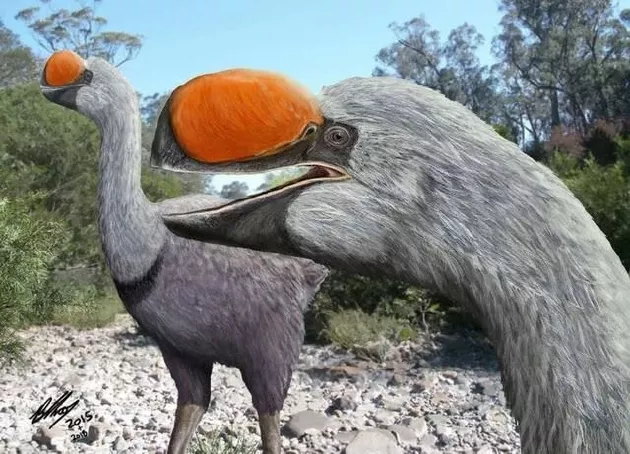
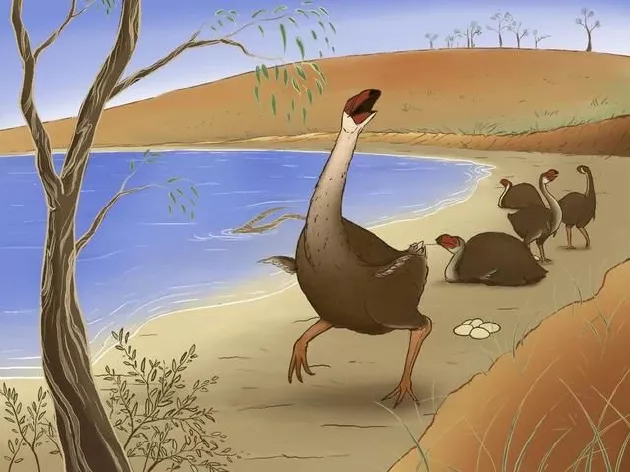
About 55000 years ago, people came to Australia; Forty five thousand years ago, Newton's giant bird went extinct together with dozens of other giant species, including marsupials and kangaroos. But only indirect evidence links their extinction to the arrival of mankind. Although North American humans have left clear evidence of hunting and slaughtering large animals, such as cut bones or stone ejection points in mammoth remains, these do not exist in Australian animal remains.
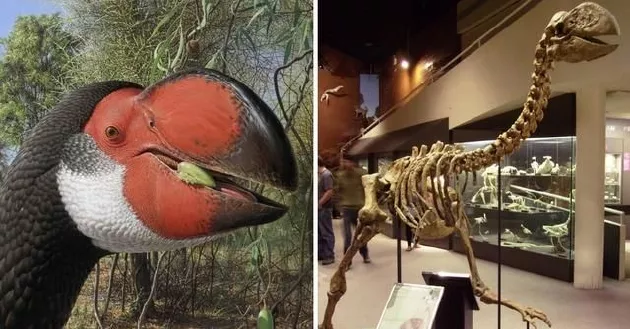
A possible conclusive evidence emerged in 2016, when researchers linked burnt eggshells near Australia's southern and western coasts to Newton's giant birds. "A lot of [eggshells] are burned, which means they are eaten by humans." Gifford Miller, a geoscientist at the University of Colorado at Boulder and co-author of the paper, said.
However, other researchers believe that these eggshells are too small and thin to belong to Newton's giant birds, and that they belong to another small bird that is distantly related to chickens and turkeys.
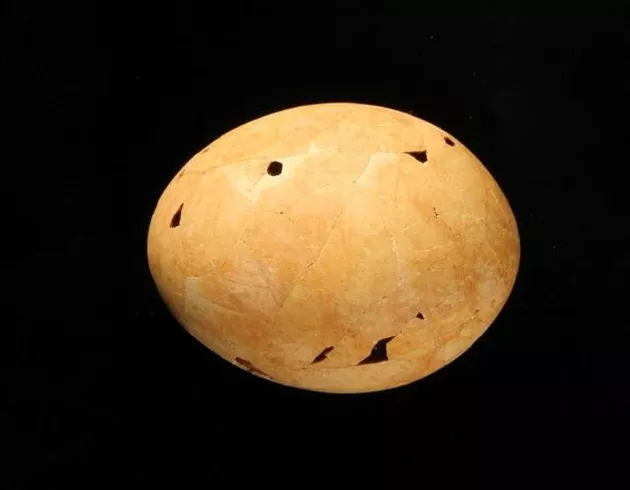
"In order to prove that these eggshells (about the same size as EMU eggs or small ostrich eggs) belong to giant birds, we need some independent methods." Miller said.
The research team has tried to extract ancient DNA from fossil eggshells, but has not yet achieved results. Beatrice demarchi, a proteomics expert at the University of Turin in Italy who identified the eggshell with Miller, said: "the eggshell is too old and the climate is too hot." So the team turned to eggshell protein.
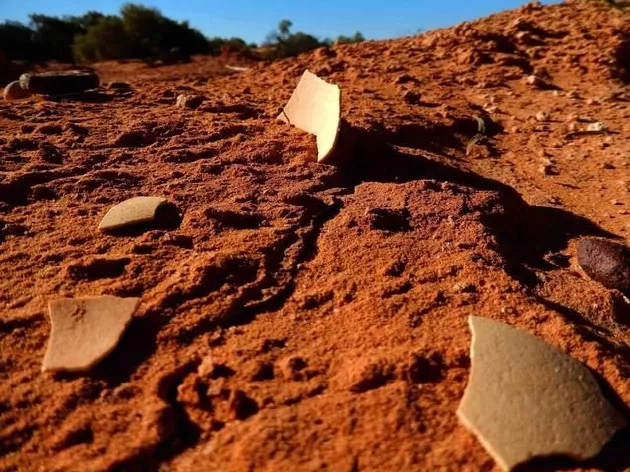
Egg shells form rapidly in the bird's fallopian tubes - within 24 hours, proteins can be captured in the calcium and mineral crystals that form the egg shells. Demarchi said that these proteins are "not affected by environmental pollution, but only by temperature and time". Based on this, scientists can recover protein residues related to egg formation.

Newton's giant bird ancient painting on the stone wall
Demarchi said that when the research team compared these protein sequences with those in modern bird eggs, they found that they were completely different. The former did not even belong to all the existing land bird populations. The researchers wrote in their paper that this made it possible for Newton's giant bird to be considered as a distant relative of the duck.
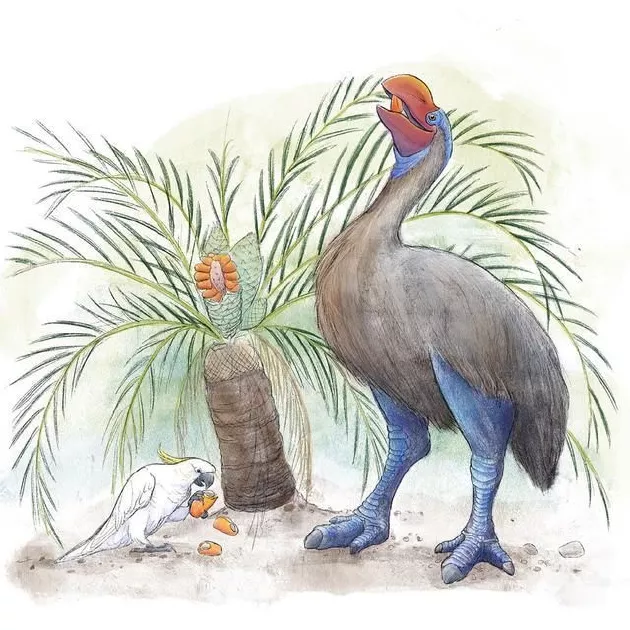
Worthy, who was not involved in the study, was impressed by the results. "The researchers took the challenge well - the evidence for proteins seems quite strong."
However, due to the lack of bone evidence, the mystery remains: Why did such a large bird lay a relatively small shell egg? "If they are right, it means that a very large bird has the smallest egg of any known bird." "We may need to find an eggshell next to a group of giant bird remains to strengthen this connection," worthy said
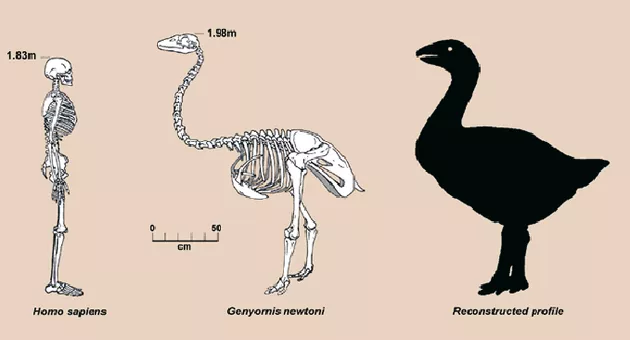
The scorched eggshells showed that the first people to arrive in Australia would steal and eat eggs - rather than fight big birds directly. "It is very likely that humans will successfully drive birds out of their nests." "The most effective way to cause extinction is to catch their young," Miller said
Relevant paper information:< https://doi.org/10.1073/pnas.2109326119 >